
"There seemed to be no cure. There was such a fear that no one seemed to know what to do. When it took hold in a house, it often happened that no one remained who had not died." This observation by the Florentine chronicler and statesman, the Marchionne di Coppo Stefani, encapsulates the sense of complete helplessness that pervaded all the regions under siege from the Black Death in the mid-14th century, the most catastrophic pandemic in human history. The world had never seen anything like it before, and medieval society was utterly unequipped to deal with the spread.
Now proven to have been caused by the bacterium Yersinia pestis, passed from the fleas on rats to humans, the killer plague had its origins in either eastern or central Asia in 1346. The following year, it was transported aboard ships carrying the army of Jani Beg, the khan of the Golden Horde, as he attacked the Genoese-held port of Kaffa (now Feodosiya) in the Crimea. There were even reports of the corpses of Jani Beg's men who had succumbed to the disease being catapulted over the city walls in an attempt to infect the locals. This might sound fanciful and far-fetched, but the Golden Horde's landing in the Crimea provided a route for the plague to decimate the populations of western Eurasia and north Africa.
From Kaffa, the rapid spread tends to be attributed to Genoese ships making a hasty retreat - more specifically, the unofficial passengers on board: fleas living on rats. With these ships sailing in all directions and arriving at multiple destinations, the plague-ridden fleas and their rodent carriers were soon at ports all around the Mediterranean Basin. When the ships docked on the Italian peninsula, at Constantinople or along the north African coast, the disease docked with them.
The 19th-century French physician Paul-Louis Simond (seen injecting a patient) proved plague could be transmitted from rat fleas
この記事は History Revealed の February 2023 版に掲載されています。
7 日間の Magzter GOLD 無料トライアルを開始して、何千もの厳選されたプレミアム ストーリー、9,000 以上の雑誌や新聞にアクセスしてください。
すでに購読者です ? サインイン
この記事は History Revealed の February 2023 版に掲載されています。
7 日間の Magzter GOLD 無料トライアルを開始して、何千もの厳選されたプレミアム ストーリー、9,000 以上の雑誌や新聞にアクセスしてください。
すでに購読者です? サインイン
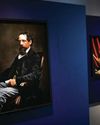
'Dickens's evocation of the fears, excitement and confusion of childhood is peerless'
DR LEE JACKSON ON WHY CHARLES DICKENS REMAINS RELEVANT TODAY
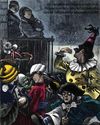
THE AUTHOR GOES ABROAD
Dickens expanded his horizons and boosted his fan-base by venturing overseas - but global fame came with a cost
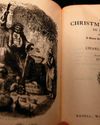
REVIVING THE FESTIVE SPIRIT
A Christmas Carol wasn't just a bestseller - it changed the way that Britons chose to mark the festive season

GIVING THE POOR A VOICE
From Hard Times to Oliver Twist, Charles Dickens used his pen to help illuminate the lives of the less fortunate
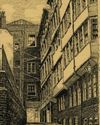
A JOURNEY THROUGH DICKENS'S LONDON
The works of Charles Dickens are synonymous with visions of Victorian London. We talk to Dr Lee Jackson about the author's love of the capital, and the locations that most inspired him
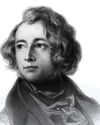
EXCEEDING EXPECTATIONS
Dr Lee Jackson chronicles Charles Dickens's journey from down-at-luck teenager to titan of Victorian literature

GIFTS, TREES & FEASTING
We take a journey through the photo archives to reveal how Christmas and its many traditions have been celebrated over the years - and around the world
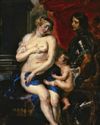
WHAT GREAT PAINTINGS SAY
We explore the story behind an allegorical painting that celebrates the triumph of love over hate, peace over war
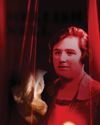
HELLISH NELL
Malcolm Gaskill delves into the life of Helen Duncan - the fraudulent Scottish medium whose ectoplasm-filled seances saw her ending up on the wrong side of the law

7 THINGS YOU (PROBABLY) DIDN'T KNOW ABOUT THE WHITE HOUSE
Presidential historian Dr Lindsay M Chervinsky reveals some of the most surprising facts about the world-famous US residence